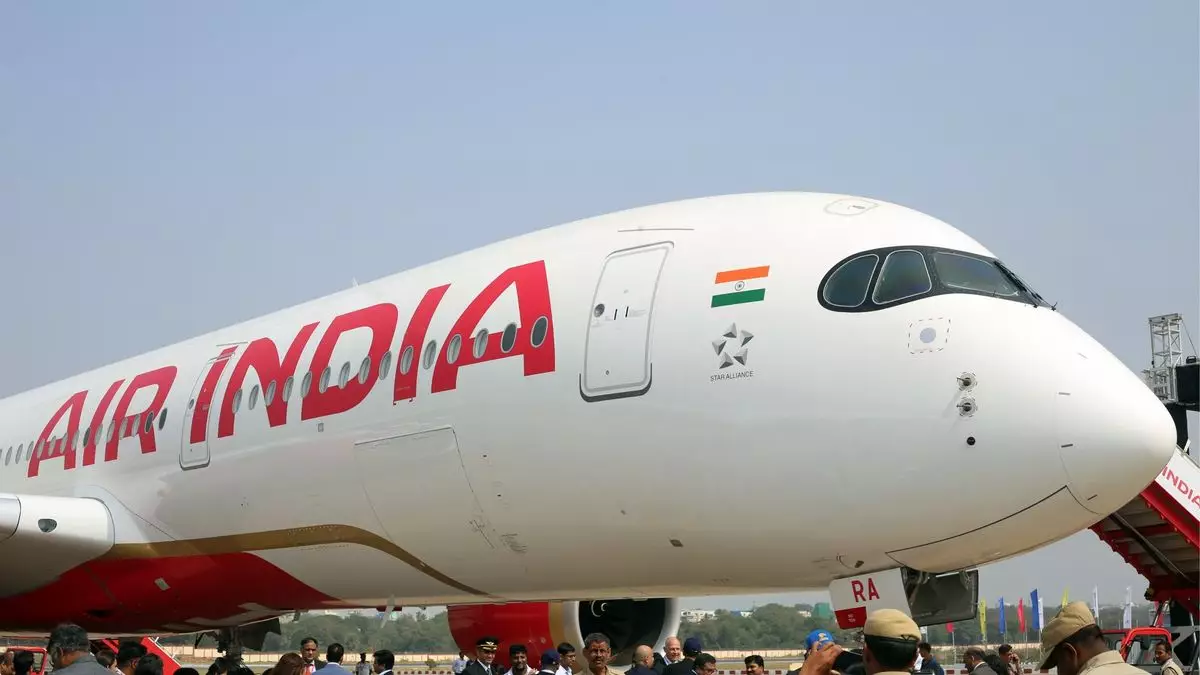The aviation industry in India is at a critical juncture. With the nation experiencing a remarkable surge in air travel, ensuring the safety and well-being of passengers must take center stage. Recent findings from the Directorate General of Civil Aviation (DGCA) underscore the urgency for better compliance and adherence to safety protocols at major airports like Mumbai and New Delhi. The review highlighted significant lapses that not only compromise operational efficiency but also threaten public safety.
The DGCA’s Surveillance Mission
The thorough examination conducted by the DGCA focused on various operational facets including ground activities, aircraft movements, and compliance with regulatory mandates. This scrutiny was not just a regulatory checkbox; it was an intricate investigation into persistent vulnerabilities that can lead to catastrophic failures. By systematically analyzing flight operations, maintenance procedures, and safety measures, the DGCA provided a crucial service to the industry. The absence of named entities in the report should not detract from the gravity of the findings—these are systemic issues that require immediate rectification.
Identified Safety Shortcomings
Among the significant shortcomings reported was the recurrent issue of aircraft defects that had repeatedly not been addressed. The lack of effective monitoring systems raises alarming questions about the actual safety culture within these airlines and airport authorities. Moreover, instances where maintenance orders went unheeded demonstrate a gap in operational discipline that cannot be overlooked. With cases such as a failure to replace worn tires leading to flight cancellations, the risks are tangible and require robust countermeasures.
The situation was further exacerbated by notable physical deficiencies at the airports, like the faded runway centerline markings, which put pilots and crews at risk during landings. These are not merely procedural oversights; they symbolize a broader neglect of aviation safety, which can have dire consequences.
Incentivizing Corrective Actions
The DGCA’s directive for immediate corrective actions within a seven-day window is commendable, yet it raises a critical question: will airlines and airport operators take these warnings seriously? True commitment to safety transcends compliance; it requires genuine investment in training, equipment, and a culture of accountability. Underestimating the severity of these findings or dragging feet on compliance can lead to a public relations nightmare and, more disturbingly, devastating accidents.
The aftermath of the unfortunate crash of an Air India flight in Ahmedabad serves as a sobering reminder of the stakes involved. This tragedy propelled discussions surrounding aviation safety into the limelight and necessitated a thorough reevaluation of existing protocols.
Looking Ahead: A Call for a Culture Shift
Going forward, stakeholders within the Indian aviation sector must embrace this review as an opportunity for transformation. Safety does not solely lie within regulations but must evolve into an ingrained value across all levels of an organization. The industry must adopt a proactive stance as opposed to a reactive one, addressing vulnerabilities before they morph into crises.
With an increased focus on aviation safety, India now stands at the threshold of elevating its standards. It is imperative that every individual involved in the aviation process understands the collective responsibility they bear towards passenger safety. The time for change is now; the foundation for a secure aviation future must be built on unwavering dedication to safety and operational excellence.

